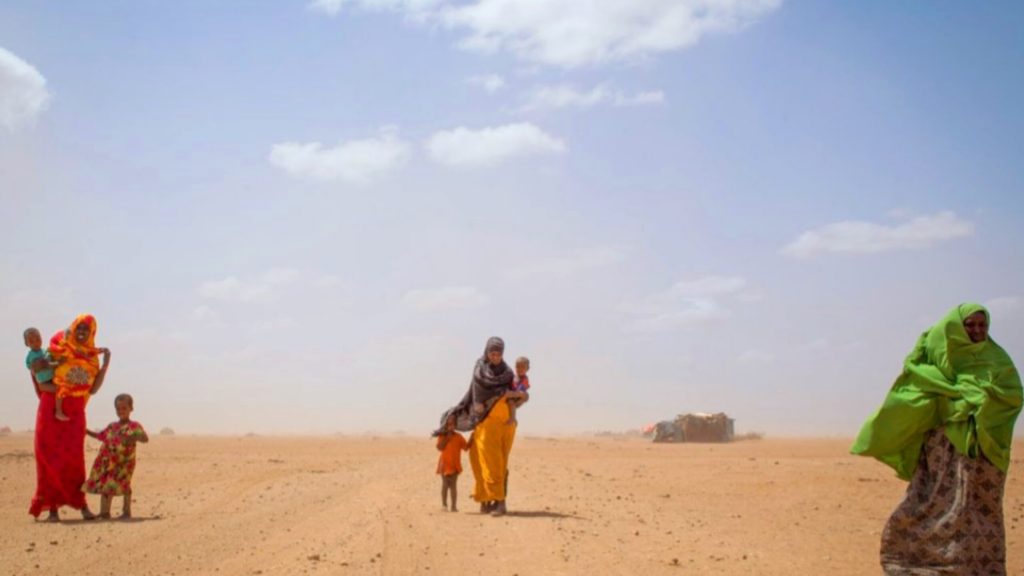From southern Ethiopia to northern Kenya and Somalia, around 22 million people are at risk of hunger as the worst drought in four decades grips the Horn of Africa.
In the afflicted areas, inhabitants — who eke out a living mainly from herding and subsistence farming — are experiencing their fifth consecutive poor rainy season since the end of 2020.
The United Nations says 12 million people in Ethiopia, 5.6 million in Somalia and 4.3 million in Kenya are “acutely food insecure”. The overall figure has almost doubled from 13 million at the start of 2022, the UN’s World Food Programme said in a January 23 report.
Across the region, 1.7 million people have been driven from their homes
Across the region, 1.7 million people have been driven from their homes by a lack of water and pasture, it said.
The Horn of Africa is one of the regions most vulnerable to climate change, and extreme weather events are occurring with increased frequency and intensity.
Since 2016, eight of the 13 rainy seasons have seen below average rainfall, according to data from the US-based Climate Hazards Centre.
The last famine was declared in Somalia in 2011, when 260,000 people — half of them children under the age of six — died of hunger, partly because the international community did not act fast enough, according to the UN.
At that time, the region had encountered two poor rainy seasons, compared to five in the current drought.
Crops, already ravaged by a locust invasion between 2019 and 2021, have been wiped out and livestock has suffered a similar fate.
The UN’s humanitarian agency OCHA estimated in November that 9.5 million cattle had perished.
Humanitarian groups warn that the situation is only likely to worsen, with the next rainy season from March to May also expected to be below average

